Top Things to Know Before Buying Fairy Garden Decor
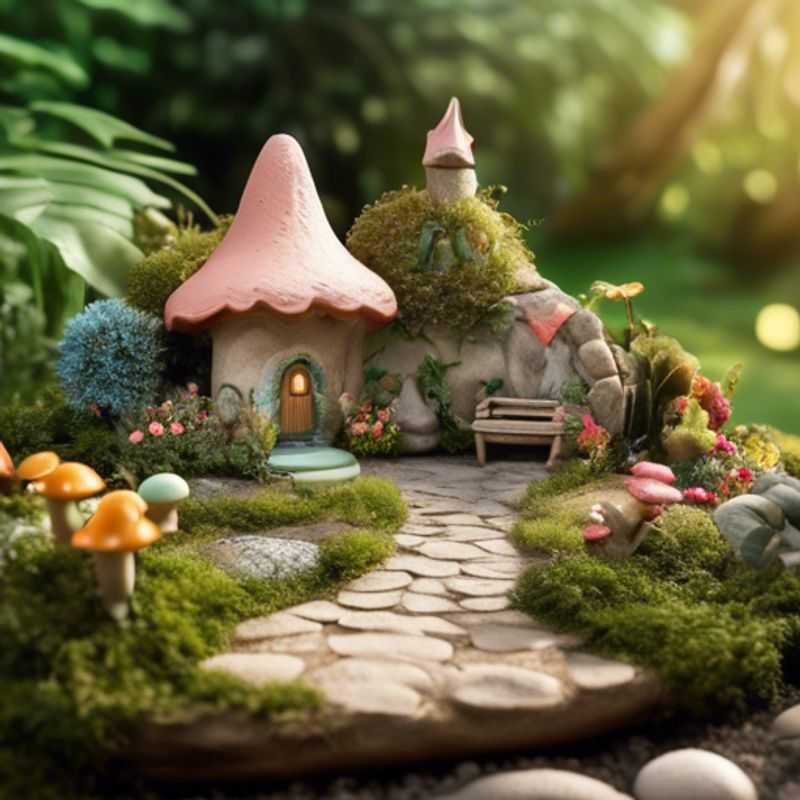
Top Things to Know Before Buying Fairy Garden Decor
Building a fairy garden is a delightful project that brings a touch of magic to your outdoor space. Before you embark on this enchanting journey, there are some key factors to consider to ensure your fairy garden thrives and delights for years to come.
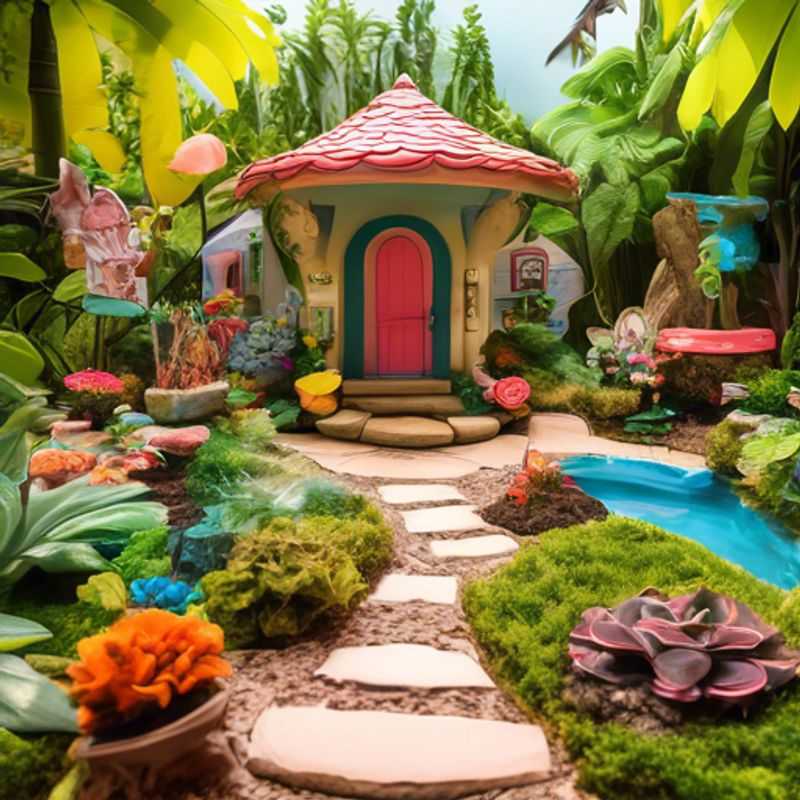
Fairy Garden Design: Planning Your Miniature Oasis
When it comes to planning your fairy garden, determining its size and layout is a crucial first step. This will not only impact the aesthetic appeal of your mini-world but also influence your budget and the types of fairy garden accessories you can accommodate.
Think about your space: Before you dive into design, consider your available space. Will your fairy garden be a container garden, tucked into a corner of your porch, or perhaps a grand feature in your backyard? Choosing the right spot will impact the size and shape of your garden, so take your time and consider the surrounding environment.
Consider a theme: A whimsical theme can guide your design and size. If you envision a woodland scene, you'll need more space for miniature trees and bushes. Conversely, a cozy cottage theme might be perfect for a smaller space, allowing you to focus on intricate details like tiny flower boxes and cobblestone paths.
Don't forget accessibility: Remember that you'll need space to work on your fairy garden. Ensure you have easy access to water and tools. If you plan on using a container, choose a sturdy, relatively lightweight pot that can be easily moved if needed.
Think about materials: The materials you use for your fairy garden will influence its size. For instance, a large garden might require more soil, which could increase your budget. Don't overestimate your time or resources. Start small and gradually expand your fairy garden as your vision and budget allow.
Enjoy the process! Creating a fairy garden is a wonderful way to tap into your creativity. Don't be afraid to experiment with different layouts and themes. The best fairy garden is the one that brings you joy. Most importantly, have fun and let your imagination run wild!
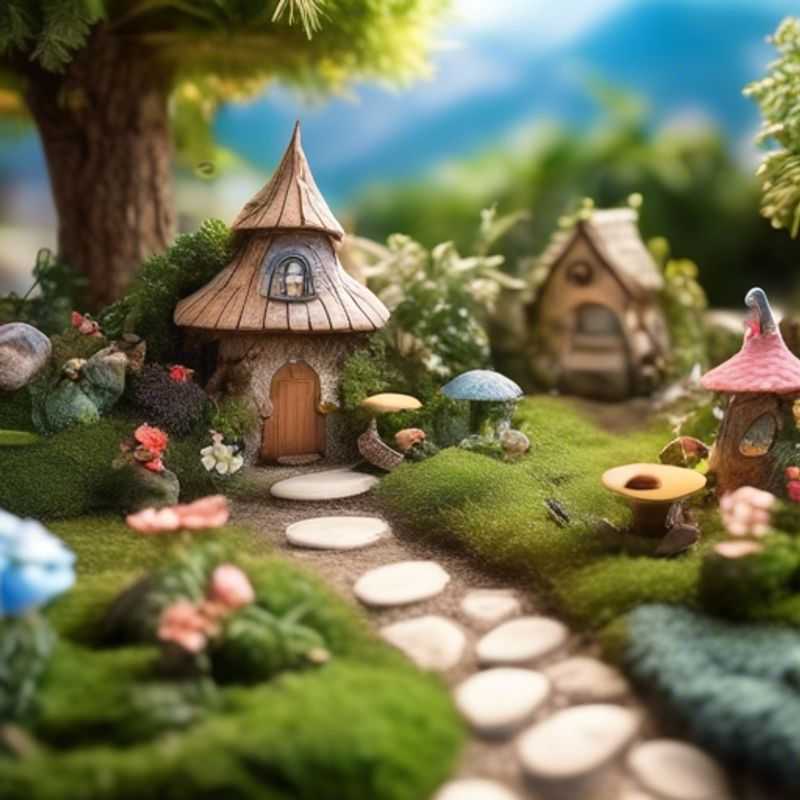
Enchanted Creations: A Guide to Fairy Garden Decor and Accessories
Ready to create a magical fairy garden? You've come to the right place! There's a whole world of fairy garden decor and accessories to choose from, so let's break down the key types to get you started. Think of it like building a miniature world for your tiny friends!
First, there are the essentials: fairy houses and furniture. You'll find a range of sizes, styles, and materials, from whimsical cottages to modern dwellings. Consider your fairy's personality – are they rustic or modern? You can even create your own fairy houses with craft supplies!
Next up, you'll want to bring in plants and flowers to make your fairy garden feel alive. Tiny succulents, moss, and miniature ferns are popular choices. Think about the scale – you want plants that are appropriate for your fairy house and overall design.
To add a touch of whimsy, add figurines and sculptures. You'll find everything from tiny animals to whimsical characters to charming fairy figurines. These pieces can help tell a story or set the mood of your garden.
Don't forget about details! Paths made of pebbles or moss add realism, while tiny bridges, lanterns, and even a miniature well can add charm. Remember, it's all about creating a magical world!
And finally, you can add extra touches like fairy dust, sparkling glitter, or even tiny lights to make your fairy garden truly sparkle. You can find these items at craft stores, online, and even at garden centers.
Creating a fairy garden is an exciting project that can bring joy to anyone who sees it. So get creative and have fun!
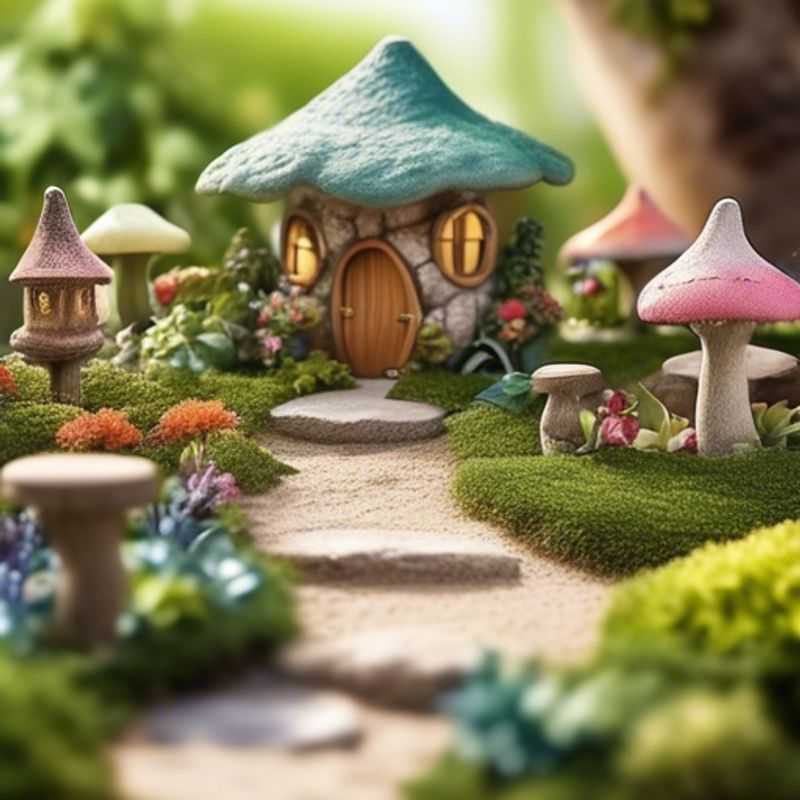
Choosing the Right Plants: Climate and Weather Considerations
When planning any outdoor activity, it's crucial to consider the climate and weather conditions in your area. This will help you prepare for the elements and ensure a safe and enjoyable experience.
First, consider the temperature range. Will it be hot, cold, or moderate? Will there be significant temperature swings throughout the day? Depending on the expected temperature, you'll need to pack appropriate clothing, such as layers for warmth or light and breathable fabrics for hot weather. Don't forget to account for potential changes in weather, as it can vary rapidly.
Second, assess the potential for precipitation. Will it be dry, rainy, or snowy? You'll need to pack accordingly, including rain gear or snow boots if necessary. If you're planning a hike, it's important to check for trail closures or warnings due to heavy rain or snow.
Finally, pay attention to wind conditions. Strong winds can make it difficult to stay warm, especially in cold weather, and can also affect your visibility. It's always wise to check the weather forecast before heading outdoors and be prepared for unexpected changes in weather conditions.
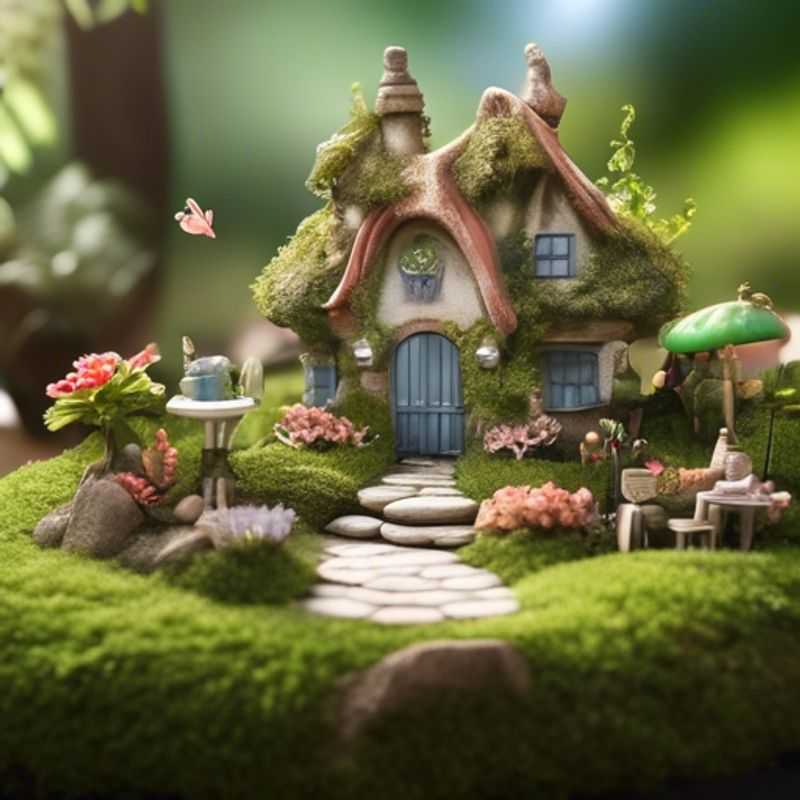
Weather the Storm: Choosing Durable and Weatherproof Decor Materials
Choosing durable and weatherproof decor materials is crucial for outdoor spaces, ensuring longevity and aesthetic appeal. Consider materials like:
Wood: Choose hardwoods known for their durability, like teak, cedar, or redwood. These woods naturally resist rot, insects, and weathering. You can opt for pre-treated or pressure-treated wood for added protection.
Metal: Aluminum, steel, and wrought iron are strong and weather-resistant. Aluminum is lightweight and requires minimal maintenance. Steel, while heavier, is also robust and can be powder-coated for added protection. Wrought iron offers an elegant, classic look.
Stone: Natural stone, such as granite, slate, and limestone, is inherently durable and weatherproof. It adds a timeless elegance to any space. Consider the stone's porosity, as some types may require sealing to prevent staining.
Synthetic Materials: Options like composite decking, synthetic wicker, and outdoor fabrics are gaining popularity. They are often low-maintenance, resistant to fading, and come in various colors and textures.
Tips for Durability and Weatherproofing:
Seal and Protect: Regularly seal porous materials like wood and stone to prevent water damage and maintain their beauty.
Proper Cleaning: Clean and maintain your decor materials according to manufacturer instructions. This ensures they stay protected and look their best.
Consider Climate: Choose materials suited to your climate. If you live in a hot, humid area, prioritize materials that resist mold and mildew. In colder climates, frost-resistant materials are essential.
Professional Installation: For more complex projects, consider professional installation to ensure proper placement and longevity. This investment can save you time, effort, and potential problems in the long run.
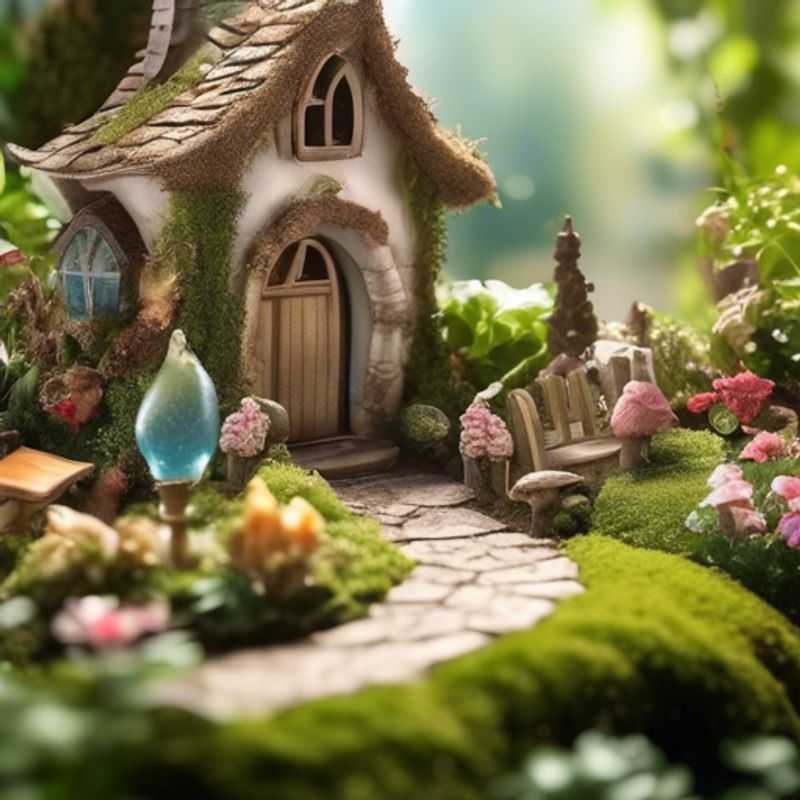
Bring the Outdoors In: Incorporating Natural Elements into Your Design
Incorporating natural elements like stones, moss, and twigs into your designs can bring a touch of the outdoors indoors. This approach, often referred to as "biophilic design," can create a calming and inspiring atmosphere.
Stones are versatile and can be used in various ways. They can be incorporated into walls, floors, and even furniture. Moss is a great option for adding a touch of greenery to your space. It requires minimal care and can be grown on various surfaces.
Twigs can be used to create unique and interesting decorations. They can be used to form frames, create unique lighting fixtures, or even used as part of sculptures.
Remember, when working with natural elements, it is important to use them responsibly. Source your materials ethically and ensure they are sustainably harvested. Also, consider the potential impact of your project on the environment.
To ensure the longevity and aesthetics of your design, consider the following:
Stones can be sealed to prevent staining and weathering.
Moss should be regularly watered and kept in a humid environment.
Twigs should be treated to prevent decay.
Incorporating natural elements into your designs can be a fulfilling and rewarding experience. Take your time to explore the possibilities and let your creativity flow.
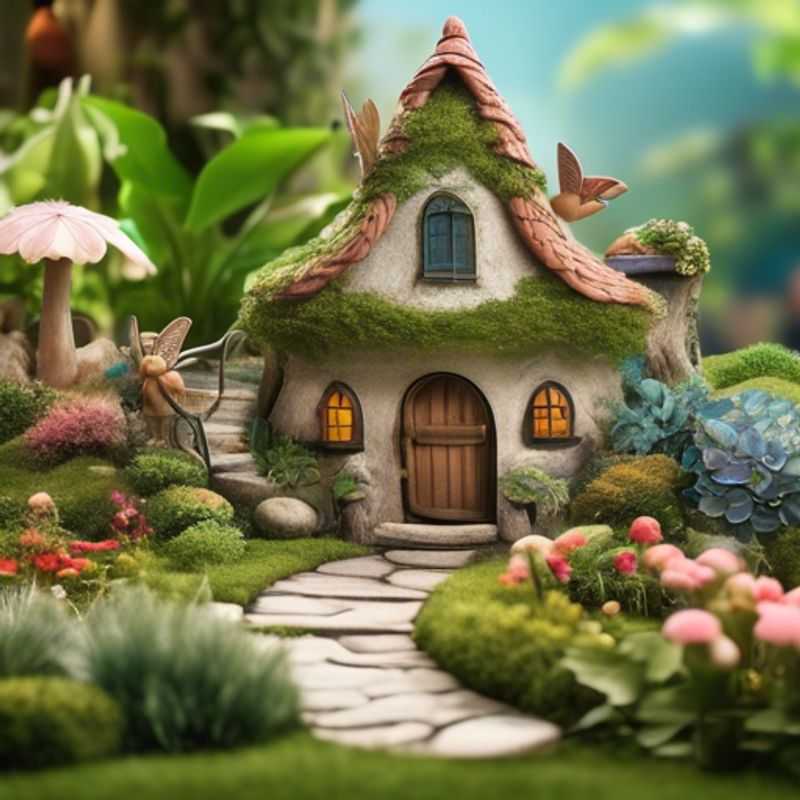
Happy Plants, Happy You: Planning for Perfect Drainage and Soil
Proper drainage and soil conditions are crucial for plant health. It's essential to ensure your plants have adequate drainage to prevent root rot. Roots need oxygen to survive, and waterlogged soil creates an anaerobic environment, suffocating them. Poor drainage can also lead to nutrient deficiencies and other problems.
Soil type significantly influences drainage. Sandy soils drain quickly, while clay soils retain water for extended periods. Ideal soil should retain moisture but also allow excess water to drain. You can improve drainage by amending your soil with organic matter like compost or adding drainage materials like gravel to the bottom of planting holes.
When planning for drainage, consider the following:
* **Plant selection:** Choose plants that are suitable for your soil type and drainage conditions.
* **Raised beds:** These can improve drainage, particularly in areas with poor soil.
* **Container planting:** Containers allow you to control the soil mix and ensure proper drainage by using pots with drainage holes.
* **Mulching:** A layer of mulch can help retain moisture and regulate soil temperature, promoting healthy root development.
Regularly monitoring your soil and adjusting watering practices as needed is essential for maintaining healthy drainage.
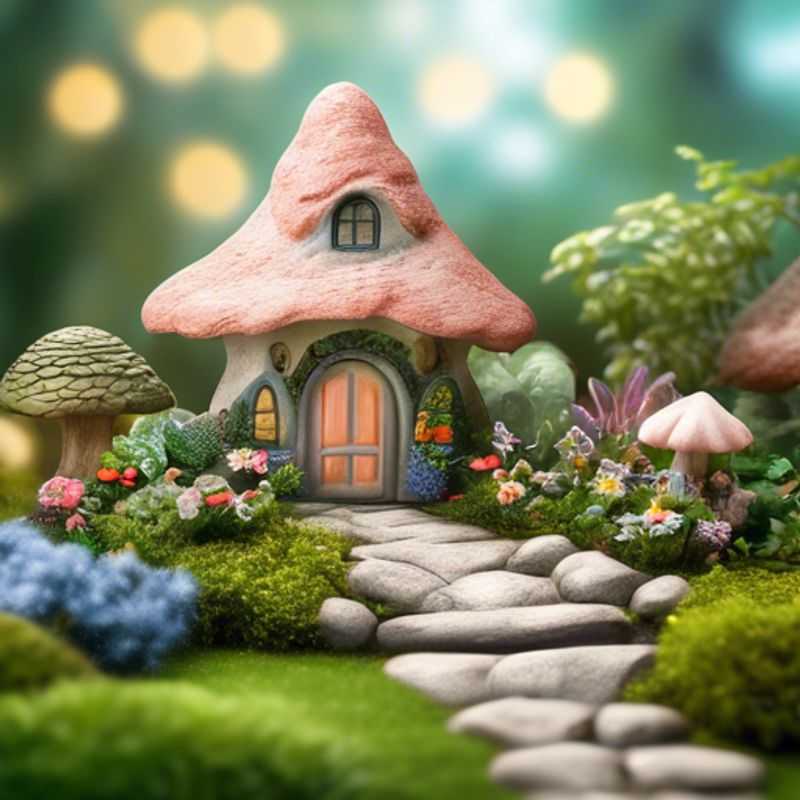
Choosing a Theme: The Foundation of a Cohesive Design
Creating a cohesive look for your workflow products is crucial for user experience and brand consistency. This involves choosing a theme or style that will guide your design decisions. This theme could be based on your brand identity, target audience, or the nature of the products themselves. Think of it as the overall look and feel you want to convey.
For instance, you might choose a minimalist theme with a clean interface, or a more playful theme with bright colors and rounded elements. It's important to consider the functionality of your products and how your chosen theme will enhance user experience.
Once you've established a theme, you can further define its details by selecting a specific style. This might involve choosing a color palette, typography, and visual elements that complement your overall theme. You can use these styles consistently across your workflow products to create a recognizable and unified experience for your users.
Remember that choosing a theme and style is not a one-time decision. You may need to adjust these choices as your products evolve or your target audience changes. The key is to ensure your theme and style remain consistent and effective throughout your workflow product suite.
